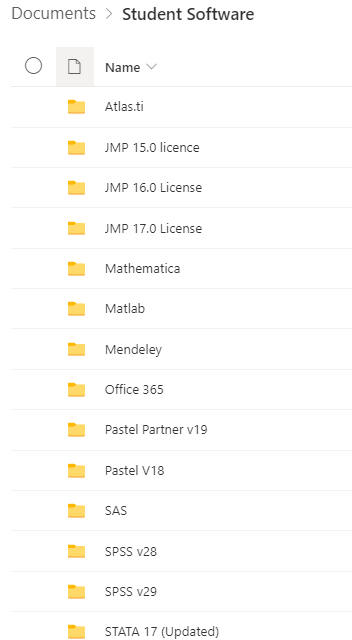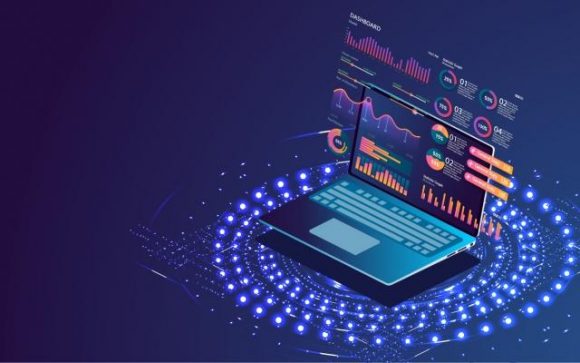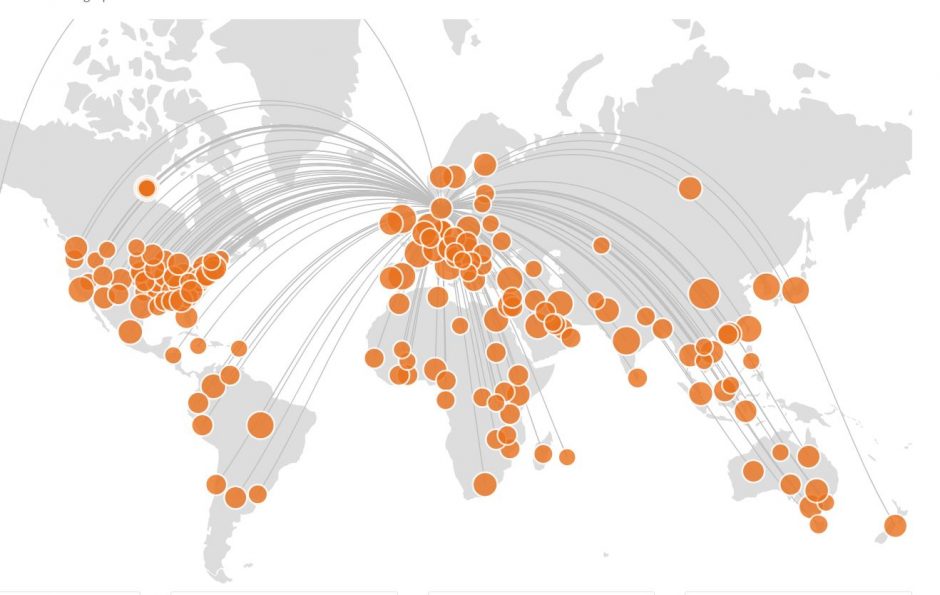Recently two articles on the H-Index caught my attention. The one, What is wrong with the H-Index? is about how Jorge Hirsch, the creator of the H-Index, criticized the current use of it. And the other was a case study on how the University of Groningen handles research impact services. They moved away from using the journal impact factor (IF) and the H-index, and started to use article-level metrics such as field-weighted citation impact (FWCI).
What is the H-Index? It is a metric that takes into account both the number of papers a researcher has published and how many citations they receive. It has become a popular tool for assessing job candidates and grant applicants. The formula on how it is calculated: the number of publications for which an author has been cited by other authors at least that same number of times.
According to the above article Jorge Hirsch wrote in January 2020 in the Physics and Society newsletter that the H-Index can “fail spectacularly and have severe unintended negative consequences”.
Hirsch asked hiring committees and funding agencies to not only rely on the H-Index, but also to consider other aspects of a candidate’s career, such as discipline, and how many collaborators a researcher works with.
“One has to look at the nature of the work,” … “If you make decisions just based on someone’s H-index, you can end up hiring the wrong person or denying a grant to someone who is much more likely to do something important. It has to be used carefully.”





